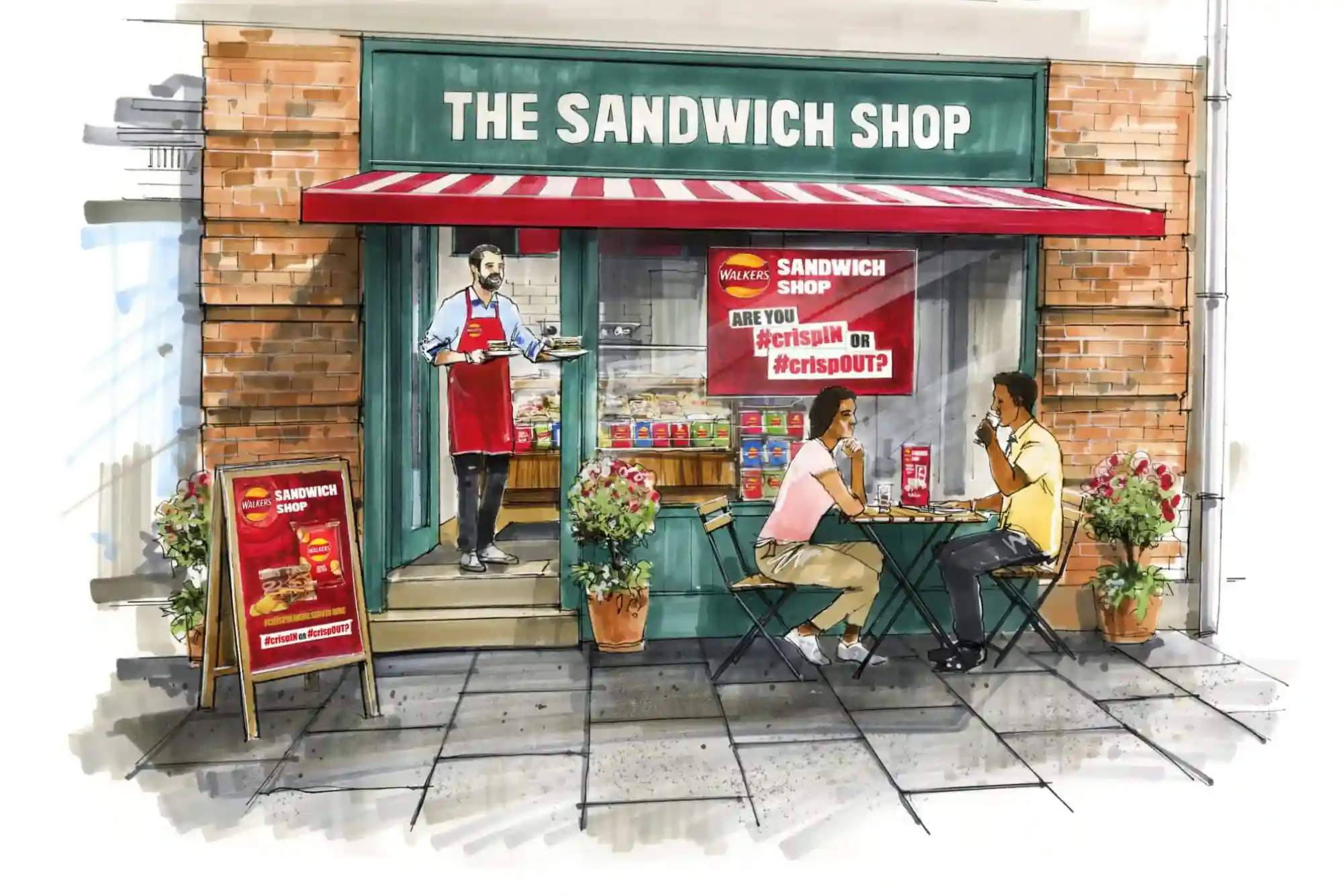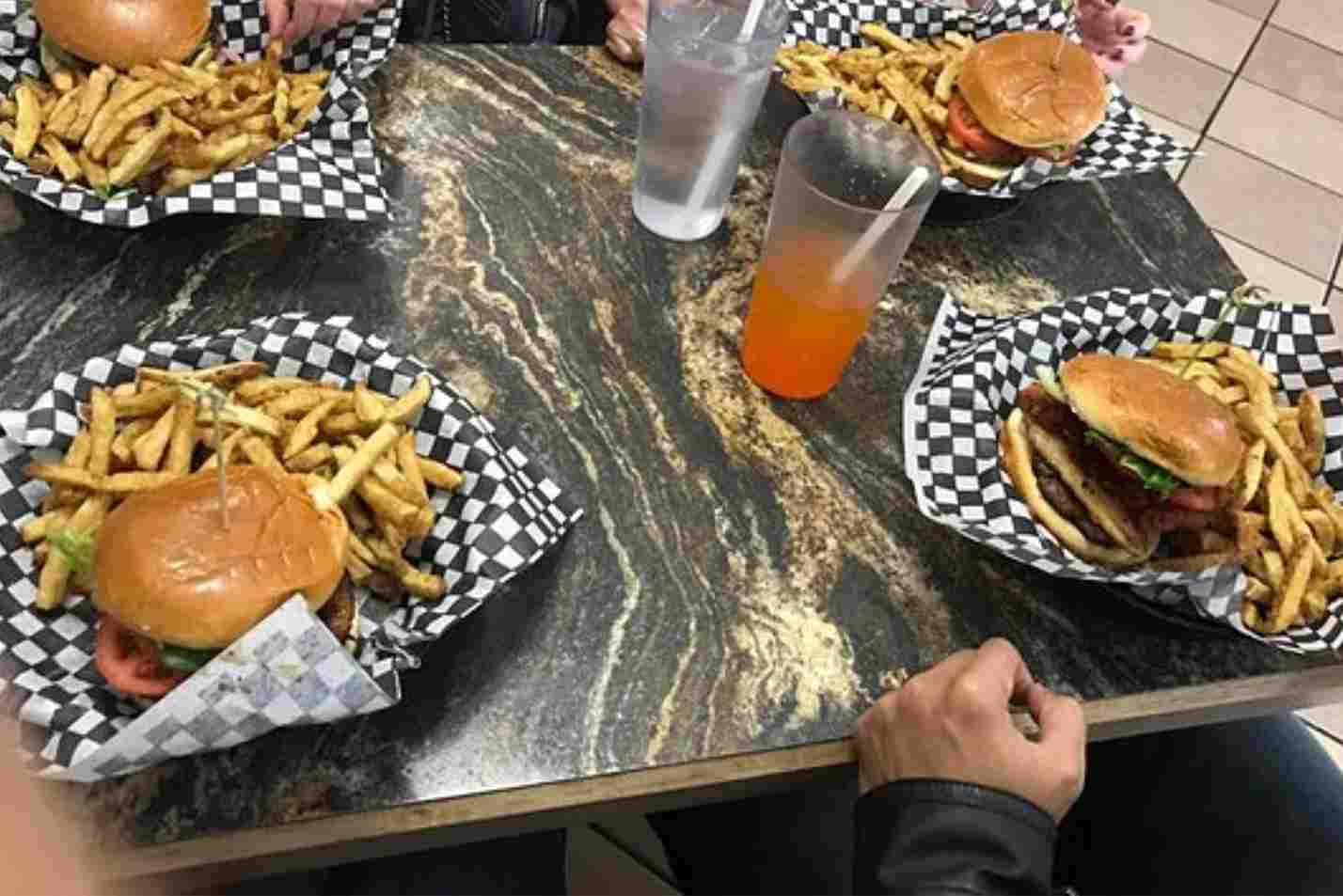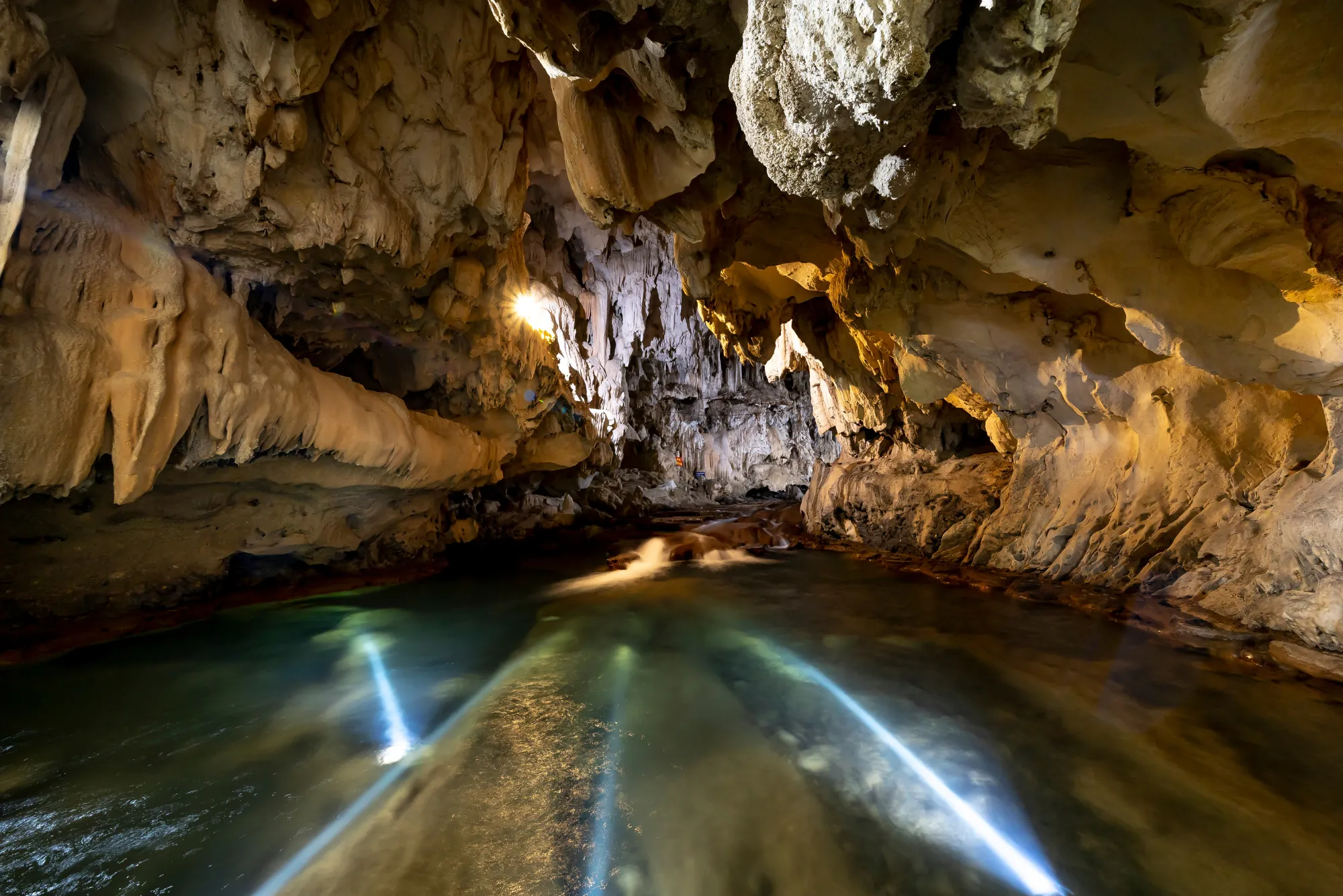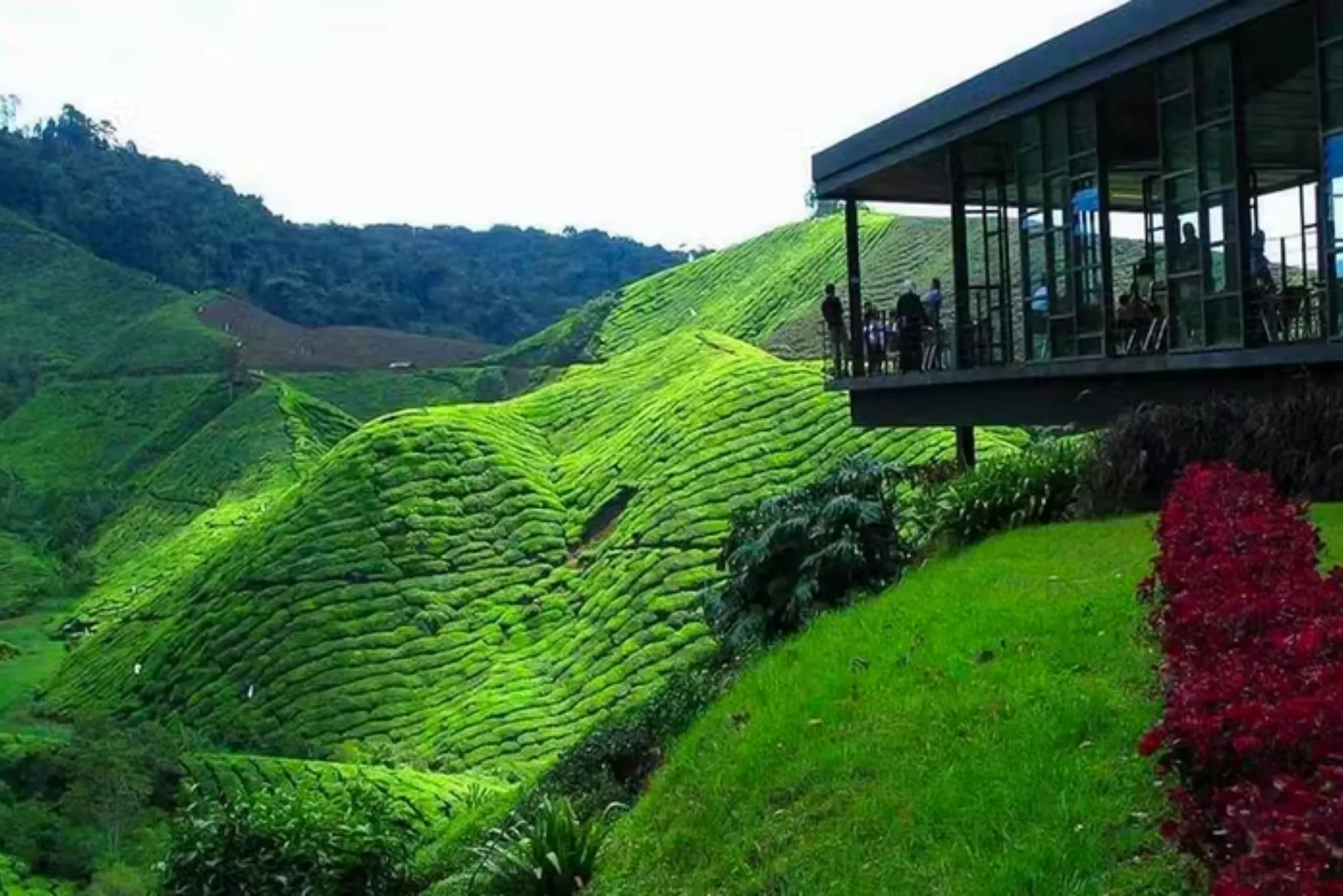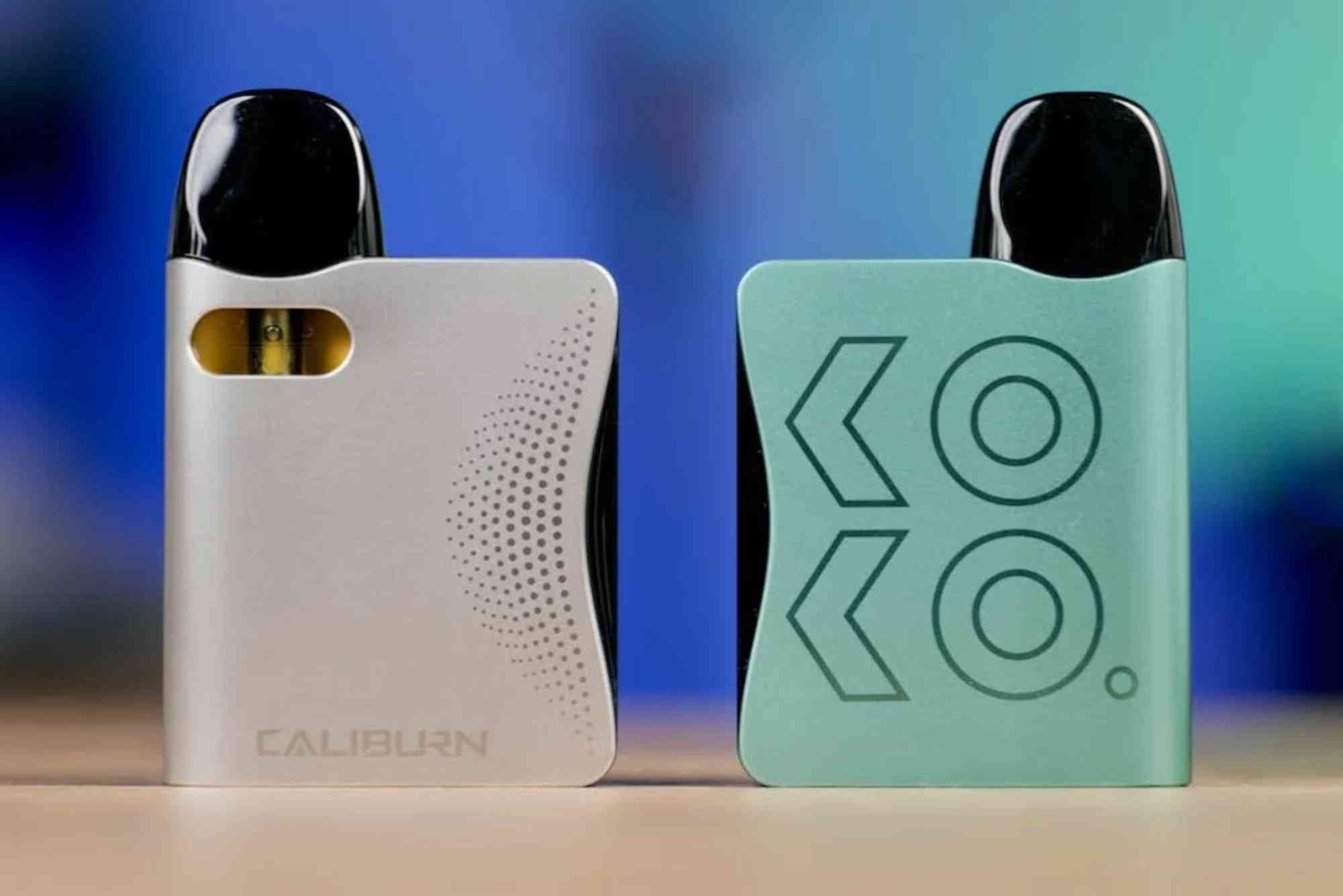Getting accurate outputs from the Ideal Gas Law is essential for students, researchers, lab technicians, and industrial professionals across Pakistan. Whether you are working on chemistry assignments in Lahore, conducting experiments in Islamabad, or running quality-control labs in Karachi, using an ideal gas law calculator can significantly improve speed and accuracy.
This guide delivers expert insights, regional examples, real-world use cases, and professional methods to ensure your calculations are consistently reliable—especially when precision matters in chemical engineering, environmental monitoring, and industrial applications.
Understanding the Ideal Gas Law
Quick Answer: The Ideal Gas Law combines pressure, volume, temperature, and moles of gas into a single predictive equation: PV = nRT.
The Ideal Gas Law underpins countless chemical and physical processes. From fertilizer plants in Faisalabad to research universities in Peshawar, accurate calculations shape decisions in labs and industries. Errors usually come from incorrect temperature conversions, inconsistent units, or instrument inaccuracy.
Key components you must track:
-
P (Pressure) – often measured in atm, kPa, or mmHg
-
V (Volume) – liters (L) or cubic meters (m³)
-
n (Moles) – quantity of gas
-
T (Temperature) – must always be in Kelvin
-
R (Constant) – depends on chosen units
Why Accuracy Matters in Chemistry & Engineering
Quick Answer: Precise Ideal Gas Law results prevent calculation failures, safety risks, and flawed experiments.
Accurate gas measurements are crucial in industries like compressed-gas manufacturing, HVAC installations, and environmental sampling across Pakistan. For example, a small temperature mis-calculation in a Karachi refrigeration unit test can create a major error in pressure prediction.
Accuracy prevents:
-
Wrong lab observations
-
Unnecessary material waste
-
Equipment over-pressure issues
-
Failed academic or industrial experiments
Common Mistakes Students & Engineers Make
Quick Answer: Most errors arise from incorrect conversions and inconsistent pressure/volume units.
Here are the mistakes most commonly reported in Pakistan’s technical universities and vocational centers:
-
Forgetting to convert °C to Kelvin
-
Mixing atm with kPa or mmHg
-
Using the wrong gas constant (R)
-
Measuring gas volume at non-standard conditions
-
Not accounting for humidity in coastal cities like Karachi
How to Use Tools for Better Ideal Gas Calculations
Quick Answer: Smart online tools automate conversions and reduce human error.
Around the midpoint placement (✔ REQUIRED):
Using a reliable ideal gas law calculator is the fastest way to avoid manual mistakes and get repeatable results. One such tool helps automate Kelvin conversions and pressure adjustments, ensuring get quick and reliable calculations through trusted platforms like this:
👉 https://needscalculator.com/chemistry-gas-law
👉 https://needscalculator.com/
These tools are now widely used in STEM institutes, engineering coaching centers, and industrial labs nationwide.
Expert Techniques to Improve Accuracy
Quick Answer: Control your conditions, standardize your units, and validate your inputs before solving.
Experienced chemists often stress the importance of consistency. Dr. Irfan Malik, a senior chemical engineer specializing in industrial reactions, states:
“Nearly 70% of Ideal Gas Law errors come from avoidable unit mismatches. A simple standardized approach can increase accuracy more than any manual correction.”
Professional-level tips:
-
Always convert temperature to Kelvin before starting
-
Use calibrated pressure sensors
-
Take readings at stable room temperature (avoid Lahore humidity spikes)
-
Avoid measuring heated gases immediately—let them settle
-
Record values twice to ensure repeatability
Real-World Applications in Pakistan
Quick Answer: The Ideal Gas Law supports industries like fertilizer, refrigeration, food processing, and chemical manufacturing.
Practical uses across Pakistan:
-
Fertilizer plants (Multan, Sadiqabad) – Ammonia synthesis modeling
-
Automotive sector (Lahore, Karachi) – Airbag gas inflation predictions
-
Pharmaceutical units (Korangi) – Controlled atmospheric processing
-
HVAC services (Islamabad, Rawalpindi) – Refrigerant behavior testing
Training Programs Supporting STEM Precision
Quick Answer: Government-backed initiatives improve technical skills and scientific accuracy for youth.
Pakistan’s growing tech and STEM sectors are boosted by programs like:
-
DigiSkills Pakistan – training in technical sciences
-
NAVTTC – advanced lab technician certifications
-
Punjab Skills Development Fund (PSDF) – industrial equipment handling courses
Additionally, hubs like the innovative technology company in Pakistan hosted at major IT parks such as https://dhanoteitpark.pk/ empower youth with advanced tools and hands-on science learning environments.
Best Practices for Students & New Professionals
Quick Answer: Follow a structured approach and rely on verified tools.
Checklist for accurate Ideal Gas results:
-
Convert all units first
-
Use STP conditions unless otherwise required
-
Cross-verify pressure and volume readings
-
Document environmental conditions (temperature, humidity)
-
Use digital calculators rather than manual estimates
Example: Solving a Realistic Ideal Gas Problem
Quick Answer: Use consistent units and follow a step-by-step method.
Example problem:
A gas sample occupies 4.0 L at 1 atm and 25°C. Find the number of moles (n).
Solution steps:
-
Convert temperature: 25°C → 298 K
-
Use R = 0.0821 L·atm/mol·K
-
Apply formula: n = PV ÷ RT
-
n = (1 × 4.0) ÷ (0.0821 × 298)
-
n ≈ 0.164 mol
FAQs
1. What units should I use for Ideal Gas Law?
Use Kelvin for temperature, liters for volume, and atm/kPa consistently.
2. Why does temperature matter so much?
Because the Ideal Gas Law is directly proportional to temperature in Kelvin—incorrect conversion creates major errors.
3. Which industries in Pakistan use the Ideal Gas Law?
Fertilizer, HVAC, pharmaceuticals, automotive, and food processing.
4. Can online calculators reduce human error?
Yes—tools automate conversions, ensuring faster, more accurate results.
5. Is the Ideal Gas Law used in school-level chemistry?
Absolutely, it is essential in FSc, O-Level, and university-level chemistry.
6. What conditions affect gas measurements?
Humidity, pressure, temperature, and altitude—especially in regions like Karachi or Murree.
Final Thought
After years of working with engineering teams and academic researchers across Pakistan, I’ve learned that accurate Ideal Gas Law calculations depend more on methodology than Memorization. Whether in the controlled labs of Islamabad or humid coastal environments like Karachi, precision comes from consistency, proper tools, and continuous learning. With government training programs and access to modern digital platforms, Pakistan’s next generation of scientists is better equipped than ever to achieve reliable, world-class results.










